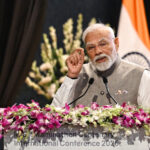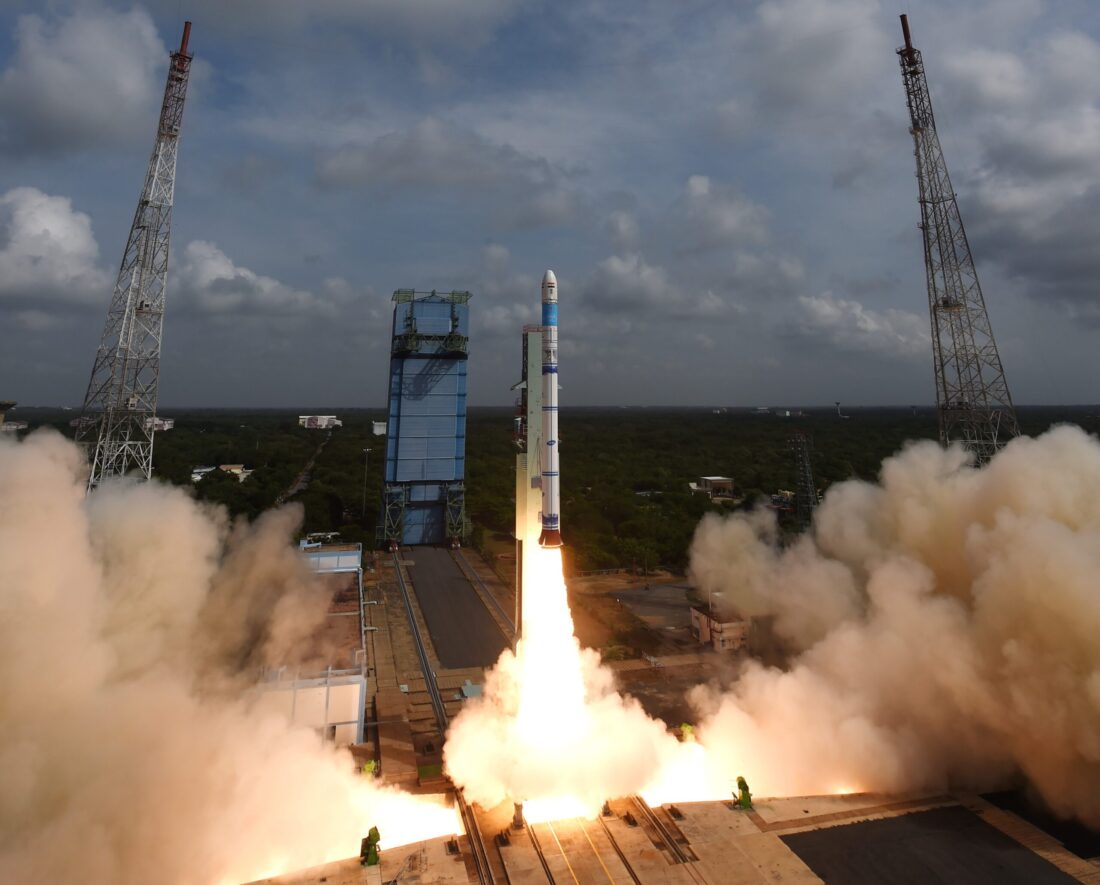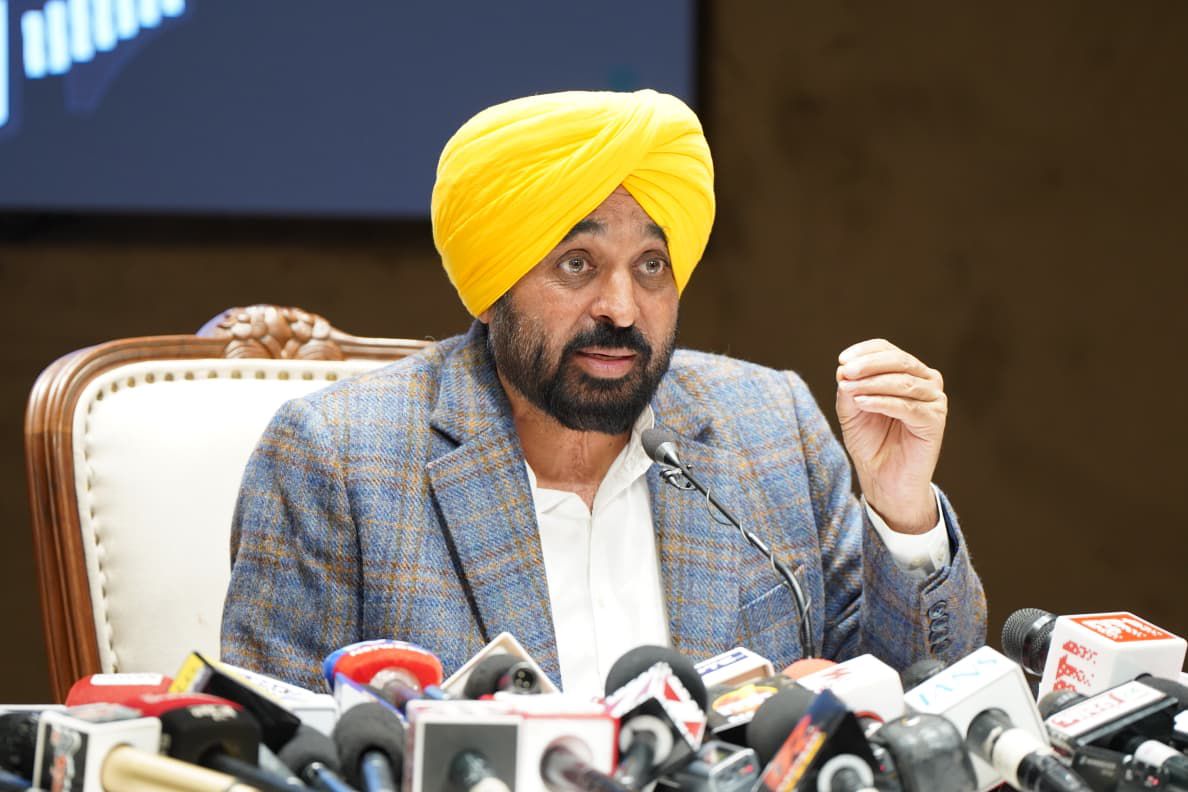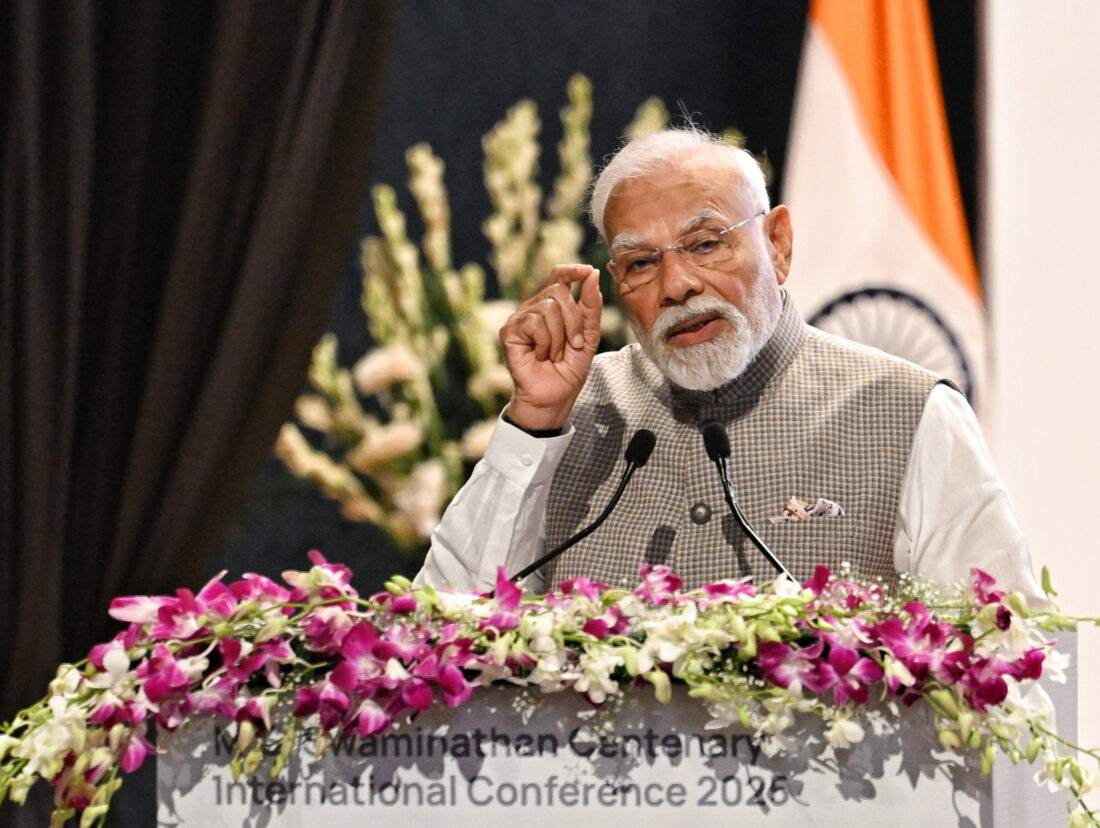North News
New Delhi, December 28
India is on the cusp of a major space milestone, with the Indian Space Research Organisation (ISRO) preparing for its Space Docking Experiment (SpaDeX), scheduled for December 30, 2024. The mission will attempt a groundbreaking feat: the docking of two satellites in space, a technological challenge that only a handful of countries have successfully achieved. Dr. Jitendra Singh, the Union Minister of State for Science and Technology, Earth Sciences, and the Department of Space, hailed the mission as a significant step in India’s space ambitions. Sharing details, he said that SpaDeX would use an indigenous technology known as the “Bharatiya Docking System” to dock two satellites in orbit. This project will see India join an elite group of nations capable of mastering spacecraft docking, a crucial step for the country’s future space explorations.
The two satellites, named ‘Chaser’ and ‘Target,’ will be launched aboard the PSLV-C60 rocket from Sriharikota, weighing approximately 220 kilograms each. Orbiting at an altitude of 470 km, these satellites will attempt to merge in the near vacuum of space, where they must reduce their relative velocities to just 0.036 km/h. The exacting task will require precision manoeuvres, as both satellites will travel at speeds of 28,800 km/h.
Dr. Singh stressed the mission’s importance for India’s broader space goals, particularly for long-term ventures such as “Chandrayaan-4” and the manned “Gaganyaan” mission, as well as plans for an Indian space station. The success of SpaDeX will not only showcase India’s capabilities in spacecraft docking but will also pave the way for future missions involving satellite servicing and crewed spaceflights.
The mission’s goals go beyond docking; it will also demonstrate power transfer between the two satellites and operate scientific payloads after undocking. In addition, the PSLV’s fourth stage, POEM-4, will carry 24 experiments from academic institutions and startups, further strengthening India’s position in space innovation.
SpaDeX will set the stage for even more complex missions, making it a cornerstone in India’s growing space programme. With this mission, ISRO aims to place India alongside the United States, Russia, and China—countries that have already mastered spacecraft docking technology. The results of this mission could lead to new advancements in satellite servicing, lunar exploration, and interplanetary missions, and provide a crucial foundation for the future of India’s space ambitions.
As the clock ticks toward the December 30 launch, all eyes are on ISRO, eagerly awaiting a moment that could define India’s space trajectory for decades to come.
















